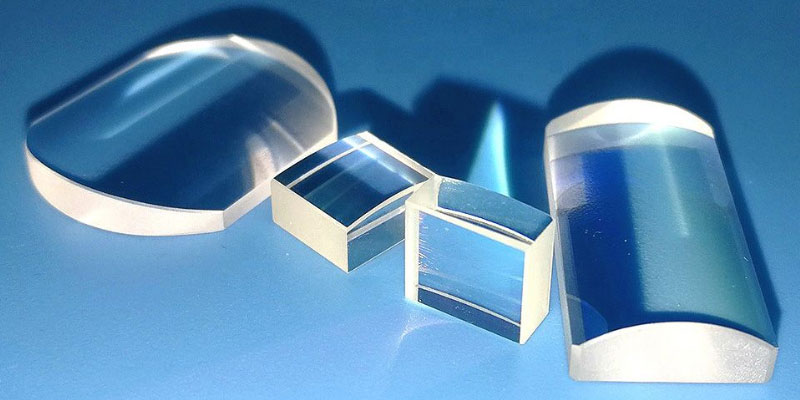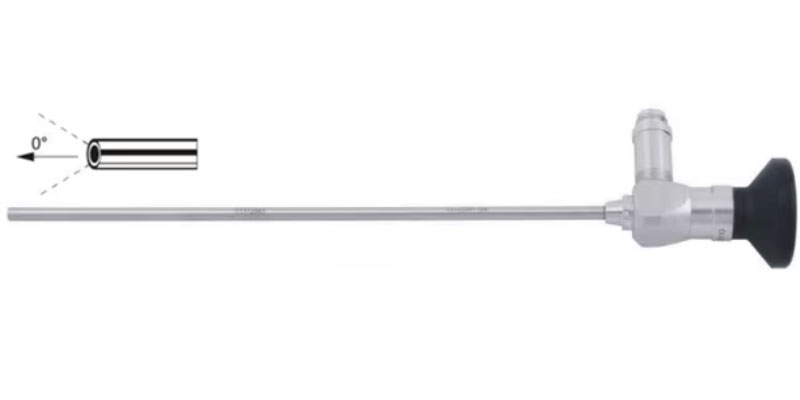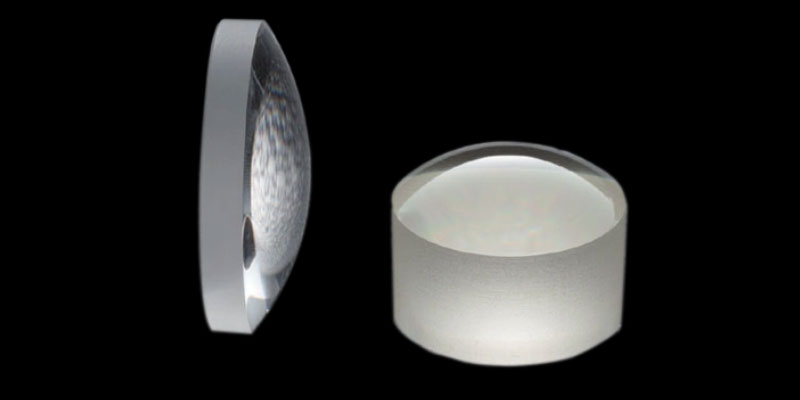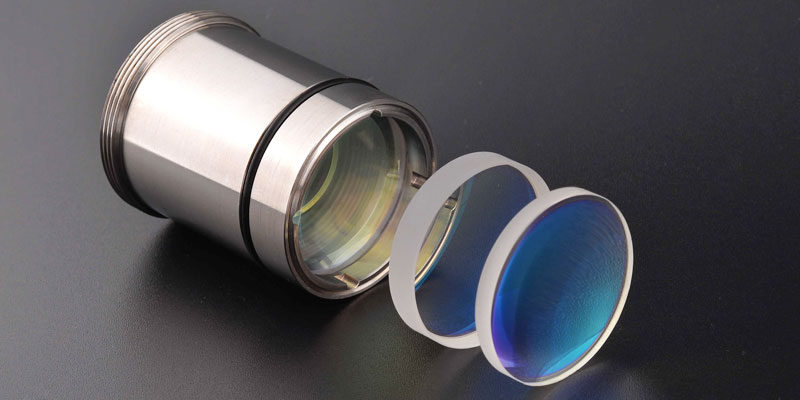
What is the difference in the reflective and transmission?
Collimators Mirror Lens that reflect and transmit differ in their fundamental principles, design and other features. The choice of what type of collimator you want to use is dependent on the particular application requirements, the optical performance requirement and costs considerations.
1. Principle:
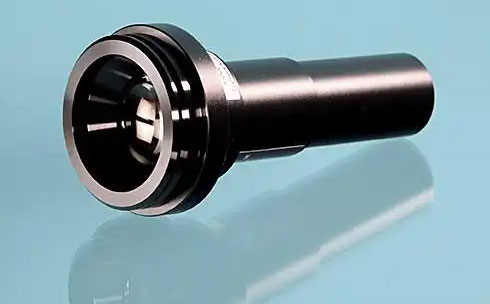
Reflective: based on the concept of specular reflection The collimation of the beam can be maintained through reflections of the mirrors.
Transmissive Based on the idea of refraction and transmission in transmissive materials The beam’s collimation is maintained through transmission.
2. Characteristics:
Reflective: Simple structure that could be cheaper however it will need more precisely crafted mirrors in order to provide high-performance.
Transmissive: could require more intricate lens design and selection of materials to achieve high-performance beam collimation, however it could be more efficient in terms of optical performance.

Collimator mirrors can be an important optical instrument that is used in a variety of applications that require precise control of beams and measurements. By using the mirror reflection principles and the structure of its design, it is able effectively transform a light beam into quasi-parallel or parallel light, increasing the precision of measurements and calibration.More Details to Contact Us.
optlenses
Related Blogs


